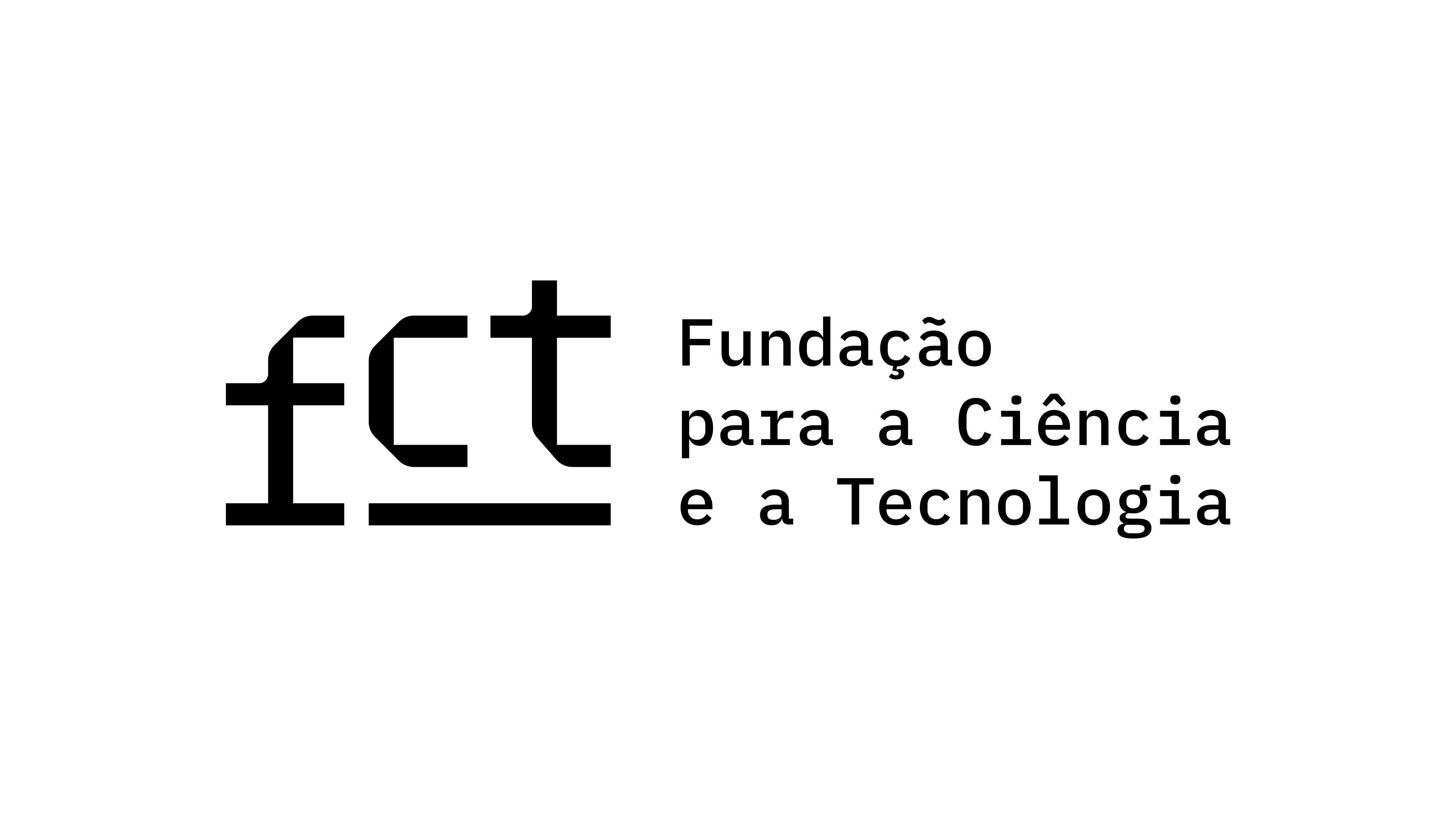Trauma and Rationalization: Ethical Tensions and Confounding Empathies in Oppenheimer’s The Act of Killing
Palavras-chave:
Empathy, Trauma, Moral Intuition, Embodiment, Cinematic EthicsResumo
Joshua Oppenheimer’s groundbreaking documentary The Act of Killing positions the spectator within a besieged ethic, wherein the very language of morality has been co-opted by dictatorial, murderous powers. In such a situation, one can only maintain a sense of justice obliquely and somewhat insecurely.
The ingenuity of Oppenheimer’s film is that this project, which initially aimed (and failed) to focus upon victims of genocide, came to be a feature length conversation and cinematic experiment with the killers. The murderers show no remorse, and live comfortably with their pasts, yet still, ironically, feel their true stories have not been properly told. A film, within Oppenheimer’s film, becomes their chance to right the “wrong.” The results of this experiment are at once reflexive, surreal, humorous, revealing, ethically vexing, and constantly surprising.
And so, The Act of Killing is a truly complex rumination on ethical experience, seeking to traverse and somehow corporeally understand the experiential, emotional terrain of great moral blindness.
In addition, I argue that Oppenheimer’s film deliberately confuses, mystifies, and destabilizes the ethical instincts of the spectator, precisely by pitting his/her aesthetically-framed moral intuitions against his/her rational/abstract moral reasoning processes (to deploy the categories of the moral psychologist Jonathan Haidt). One feels one’s moral reasoning warring against the emotional and perceptual experience that normally grounds it.
This vexing, bewildering experience does reveal something critical: our over-reliance on empathy as the primary touchstone for cinematic ethical experience. Given that empathy has become a core virtue in many contemporary ethical theories (cf. the “cinempathy” of Robert Sinnerbrink), this is important and timely. We look vainly for true empathy, and witness how empathy can be countermanded by cinematic imagination as much as marshaled by it.
Indeed, the film can be seen as a kind of laboratory on the empathy-ethic dynamic in human experience: our intuitions for it, our search for it in others, and our bewilderment at its remarkable absence in the characters before us. At the same time, we unavoidably find interest, humor, and endearing human qualities in the murderous subjects before us, nudging us toward an ethically ironic empathy.
However, the actual experience of the film may be more closely related to the victims’ perspective than we might first presuppose, as it functions like an aesthetics of national trauma. Language has been broken by torture and death, and reason, argument, and logic are all immediately found neutered. Through the film’s bewildering presentation of national amnesia—the tormented psychology required to live in a society where false narratives and ethical rationalizations are the norm—the viewer is placed in the position of having to witness this amnesic reality while constantly imagining a parallel, critical, and morally corrected reality alongside it. This is at once exhausting and constantly fascinating. Confirming evidence for moral truth is in short supply, but there are several strategic moments where it breaks through, and the cries of the oppressed are suddenly, shockingly heard. It is only at the very end of the film that some hope for a moral center might—tentatively, possibly—be grasped again.
Downloads
Publicado
Como Citar
Edição
Secção
Licença

Este trabalho encontra-se publicado com a Licença Internacional Creative Commons Atribuição 4.0.




